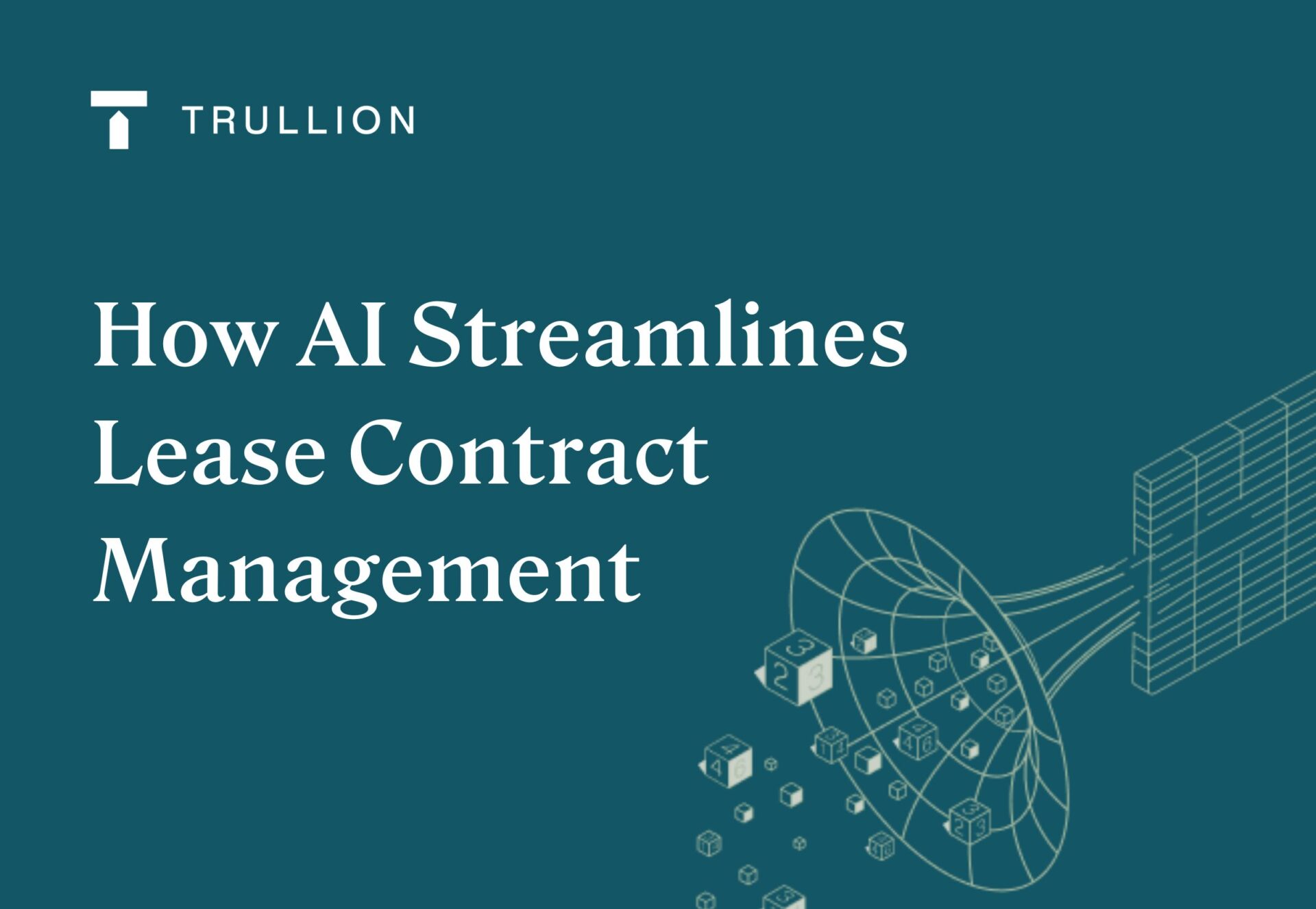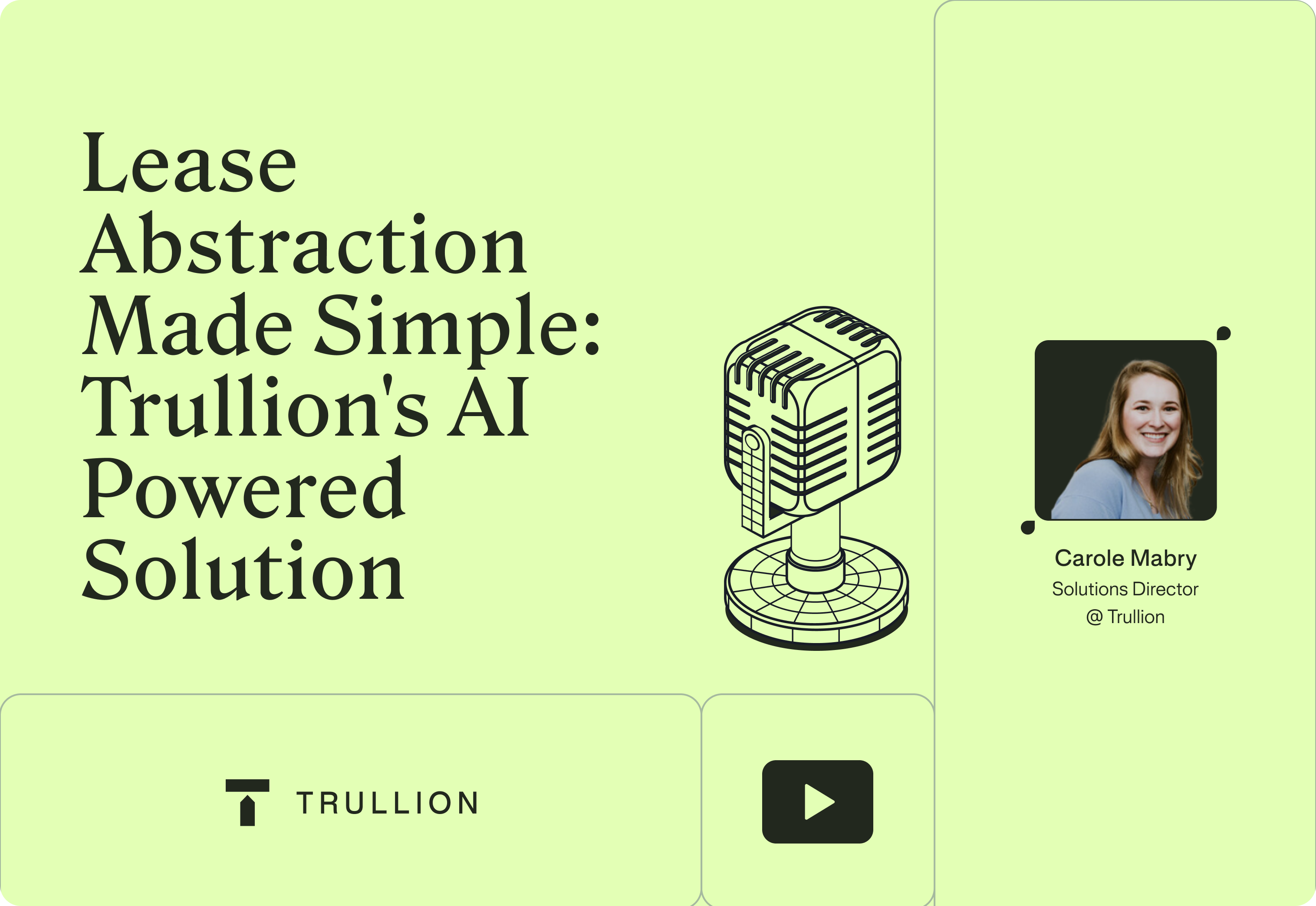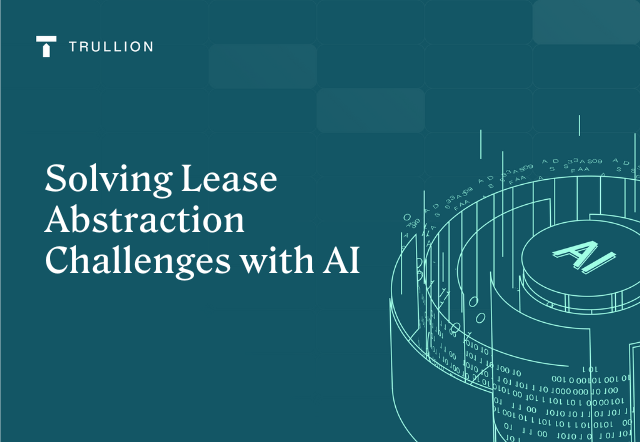IFRS 16 has been applicable since 2019, and yet only now are its challenges – and opportunities – being fully appreciated. The same of course goes for ASC 842, GASB 87, and the like.
In a recent webinar, Trullion co-founder and CEO Isaac Heller, together with Felipe Nogueira the CEO and founder of experienced professional services firm Qiado, unpacked these challenges and discussed the best practices to ensure maximum efficiency, compliance, and value from contract management workflows.
IFRS 16 and the Lease Abstraction Challenge
Manual lease abstraction involves the tedious process of gathering, reviewing, and inputting contract data, which poses significant challenges and presents complexities and increased risks for companies.
Nogueira identified the main challenges of manual lease extraction as:
- Difficulties in contract identification and organization: Information is often scattered throughout the organization.
- Manual review and decentralized data entry: In this process, contract or lease data is sent out to various departments to be manually entered – sometimes in a centralized manner but often decentralized.
- Time consuming quality assurance and validation: This often takes time, sometimes many months.
- Higher chances of data integration and reporting errors: The challenge is not just the calculations, but ensuring data is “passed” to the right reporting tools.
- Compartmentalization and silos: Leases are often managed by various relevant departments, creating silos. For example, a fleet of employee cars might be managed by HR, while forklift contracts are handled by operations.
Heller summarized his view on these challenges, breaking them down into the following elements:
- Complexity of lease contracts including dealing with multilingual contracts. Additionally, unlike sales orders which are standardized, leases include escalations, amendments, and other hurdles: “100 different leases are a hundred different contracts.”
- Resource intensiveness
- Siloed data across systems, documents, Excel, and other tools
- High potential for errors and risks, which can be pulled all the way through the workflow
This is especially critical for companies with extensive lease portfolios: from retailers with a large store footprint, to the transportation industry where leasing of key assets is a core part of the business model, to technology companies (data centers, office spaces, equipment) – to name just a few.
Nogueira gave the example of a telecommunications company in Germany that has over 150,000 contracts for leasing towers. Negotiating these leases can be as granular as dealing with individual farmers who dictate the terms of the contract, illustrating the complexities involved in lease abstraction and management.
Compliance shouldn’t be viewed as a “chore,” but as an opportunity to refine business models and processes. In automating tasks, businesses can become more flexible and scalable, ultimately improving practices that impact all areas of accounting beyond just IFRS 16. Improving efficiency can enhance operations while simultaneously adding intrinsic value to the company.
Lease Abstraction & AI: Overcoming Challenges & Uncovering Opportunities
The good news is that most companies today have significant opportunities to enhance efficiencies and effectiveness, not only in terms of lease calculations but also in data gathering and easing the day-to-day operations under IFRS 16, leveraging AI.
Let’s look at some of the main benefits of using AI for lease abstraction.
1. AI eliminates manual errors, saving time and providing data accuracy.
Firstly, AI uses Natural Language Processing (NLP) and Optical Character Recognition (OCR) to efficiently extract key terms and financial information from lease documents. This eliminates the need for manual data entry, reducing errors and saving time. Once the data is extracted, AI tools facilitate validation and verification by easily reviewing the data against predefined rules, ensuring accuracy and compliance.
2. AI extracts data into structured data formatting, enabling seemless uploading and providing data insights.
Moreover, AI transforms the extracted data into a structured format, enabling seamless upload into accounting systems. This structured data output ensures that all relevant information is accurately captured and readily available for financial reporting and analysis. Additionally, Generative AI (GenAI) enhances the process by summarizing, analyzing, and interrogating lease contracts to gain valuable data insights. This not only aids in better decision-making but also helps uncover trends and patterns that might otherwise go unnoticed.
3. Using AI provides businesses with strategic advantage.
By streamlining these critical aspects of lease contract management, AI empowers organizations to handle their lease portfolios more efficiently, ultimately leading to improved operational efficiency and financial performance. Embracing AI in lease management is not just a technological upgrade but a strategic move towards smarter and more effective business operations.
Getting The Most Out Of Lease Contract Management with Lease Extraction AI
Trullion’s solution radically simplifies the abstraction element of leases using AI, and is trusted by over 500 enterprise companies worldwide.
Now, together with Qiado – which possesses extensive expertise in various contract lease management software – enterprise clients and relevant SMBs can implement the best practices for their lease accounting requirements.
Want to dive deeper? Download our guide on how to implement a seamless lease abstraction workflow.









